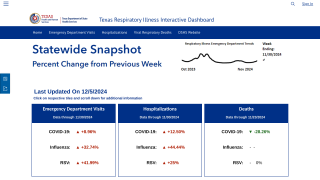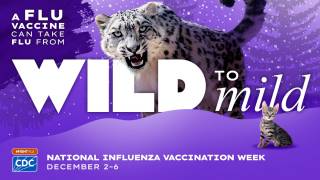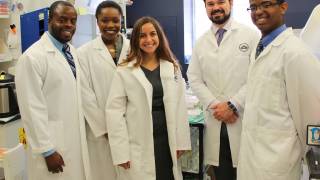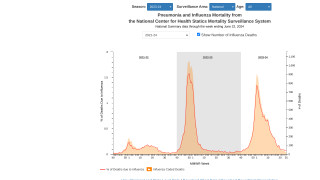Universal Flu Shot Study Launched by NIH

The first clinical trial of an innovative universal influenza vaccine candidate has launched a phase 1 clinical study.
Scientists at the National Institutes of Health (NIH), developed the experimental vaccine, which is known as H1ssF_3928.
H1ssF_3928 is designed to teach the body to make protective immune responses against diverse influenza subtypes by focusing the immune system on a portion of the virus that varies relatively little from strain to strain.
The NIH expects this small clinical trial to complete enrollment of 53 individuals by the end of 2019 and hopes to begin reporting results in early 2020.
>> Click here for Clinical Trials <<
The vaccine candidate was developed as part of a broader research agenda launched in 2018 to create a so-called “universal” influenza vaccine that can provide long-lasting protection for all age groups from multiple influenza subtypes, including those that might cause a pandemic.
“We continually face the possibility of an influenza pandemic resulting from the emergence and spread of novel influenza viruses,” said NIAID Director Anthony S. Fauci, M.D.
“This Phase 1 clinical trial is a step forward in our efforts to develop a durable and broadly protective universal influenza vaccine.”
Investigators hope to understand how participants’ immune responses to the experimental vaccine may vary based on age and the likelihood of their previous exposure to different influenza variants.
A team of NIH scientists developed the universal influenza vaccine prototype. It displays part of hemagglutinin (HA), an influenza protein, on the surface of a microscopic nanoparticle made of nonhuman ferritin.
Ferritin is a natural protein that can be found in cells from all living species. It is useful as a vaccine platform because it forms particles that can display multiple influenza HA spikes on its surface, mimicking the natural organization of HA on the influenza virus.
HA, which enables the influenza virus to enter a human cell, is composed of a head and stem region. The body can mount an immune response to both regions, but most of the response is directed toward the head.
Influenza vaccines must be updated each year because the HA head constantly changes—a phenomenon called “antigenic drift.”
This new vaccine candidate consists of the HA stem only.
The stem is more constant than the head among influenza strains, and thus less likely to need to be updated every season.
Many scientists predict that targeting the HA stem without the distraction of the HA head could induce broader and longer lasting immunity.
Scientists used the stem of an H1N1 influenza virus to create the candidate vaccine. H1 refers to the HA subtype of the virus and N1 refers to the neuraminidase (or NA, another influenza surface protein) subtype.
Although there are 18 known HA subtypes and 11 known NA subtypes, only H1N1 and H3N2 circulate among people seasonally.
However, H5N1 and H7N9 and other strains have caused a handful of deadly outbreaks and have the potential to cause a pandemic if they become more easily transmissible.
This H1N1 candidate vaccine protected animals from infection of H5N1, a different influenza subtype, indicating that the antibodies induced by the vaccine can protect against other influenza subtypes within “group 1,” which includes both H1 and H5.
In future clinical trials, the NIH plans to evaluate a vaccine that is designed to protect against “group 2” influenza subtypes, which include H3 and H7.
Initial data from an earlier VRC clinical trial evaluating a ferritin nanoparticle vaccine that included both hemagglutinin head and stem showed that the platform is safe and well-tolerated in humans.
As with all clinical trials, a protocol safety review team will regularly assess study data to monitor the safety of the participants in this Phase 1 study.
The 2018-2019 flu season vaccines can be found at this CDC page.
And, the 2019-2020 influenza vaccine component recommendations can be found at this link.
The March 23, 2019 flu season update can be found at this link.
The NIH is the nation's medical research agency, includes 27 Institutes and Centers and is a component of the U.S. Department of Health and Human Services. For more information about NIH and its programs, visit www.nih.gov.
Our Trust Standards: Medical Advisory Committee

























